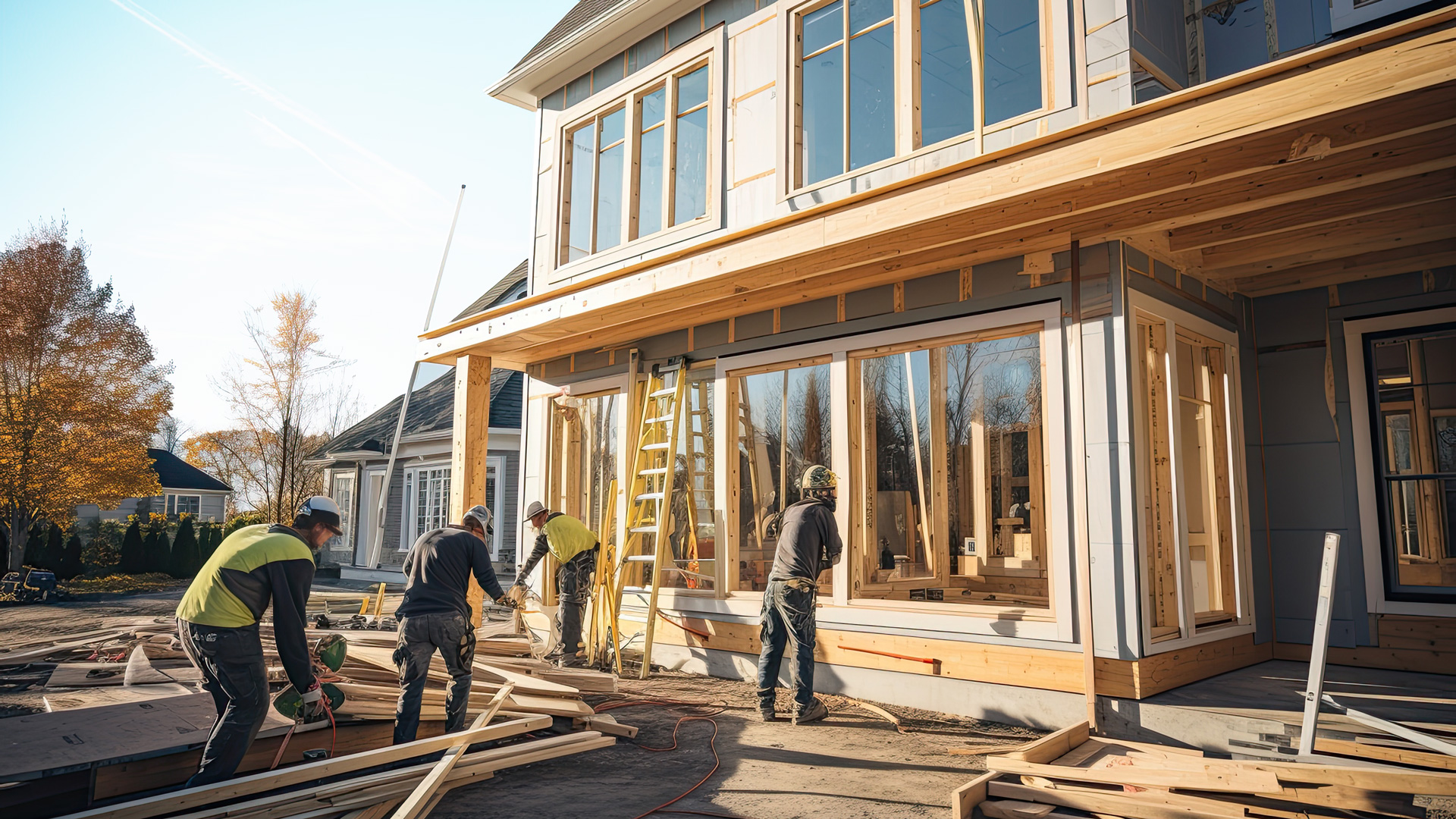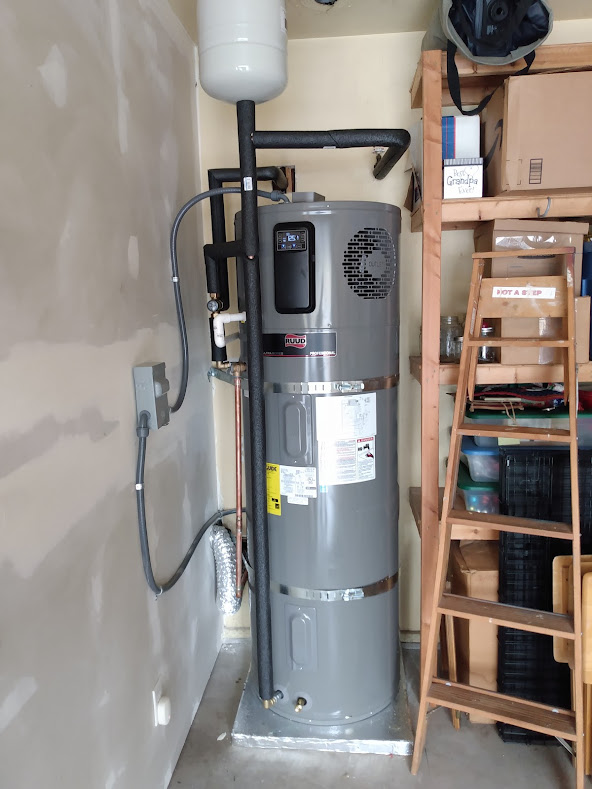Learn why homeowners are making the switch to all-electric with help from Energy-Smart Homes

Reducing the number of gas-powered homes in California will play a big role in helping the state meet its climate objectives.
To achieve these ambitious goals, not only will all-electric homes, or homes that run exclusively on electricity without tapping into gas infrastructure, have to become the standard for new homes, but many existing gas-powered homes will need to become all-electric as well.
Homeowners who’ve made the switch to all-electric are happy they did
By replacing fossil-fuel-powered appliances with energy-efficient, electric alternatives, many homeowners now enjoy the benefits of an all-electric home. The California Energy Smart Homes Program helps homeowners convert their existing homes to all-electric through incentives that reduce the cost of the upgrades. Energy Smart Homes played a big role in making the all-electric dreams of two homeowners a reality. Read more about their journeys below:
For Dan Ramsey of Willits, the choice to convert his traditional gas-powered home to all-electric came down to three factors: environmental concerns, reduced energy costs, and the availability of cash incentives.
Burlingame resident Wayne Szeto had long considered the decision to convert to all-electric, but his rationale can be boiled down to a desire “to create a cleaner, more eco-friendly, and more efficient home.”
All-Electric Home Facts

Homes with gas stoves can have nitrogen dioxide concentrations that are 50–400 percent higher than homes with electric stoves.
Source: https://rmi.org/indoor-air-pollution-the-link-between-climate-and-health

Switching to heat pump HVAC technology and water heaters from corresponding gas appliances can reduce utility costs by up to 9 percent.
Source: https://rmi.org/all-electric-new-homes-a-win-for-the-climate-and-the-economy/
Energy-Smart Homes is ready to help homeowners contribute to a greener future
Dan and Wayne completed their projects at a reduced cost and learned more about the benefits of all-electric homes with the help of the Energy-Smart Homes program team. They each started their electrification journey by identifying which of their appliances needed replacing. The program helped them understand what appliances qualified for program incentives and enabled them to make their purchasing decisions based on cost, efficiency ratings, and product availability. Energy-Smart Homes made converting both Dan and Wayne’s homes to all-electric an easy process, despite some extenuating circumstances.

Wayne’s 20-year-old gas water heater broke before the electrical work to install the new subpanel and circuits to accommodate the electric conversions had started. “Amazingly, we found a great team who completed all the electrical work within a few days,” he said. Energy-Smart Homes staff helped Wayne use the Switch is On website, where he found a local nonprofit organization that dispatched a licensed heat pump water heater (HPWH) contractor to replace the old gas heater with an energy-efficient, all-electric HPWH in about one week. “What started out as a major setback turned out to be perhaps the biggest catalyst in our home electrification project,” he said.
Both participants completed their projects within their set price ranges, and in Wayne’s case, his low total cost surprised him. “We converted all our gas appliances, insulated our envelope, installed solar and battery backup, as well as an EV charger, for well below what we expected,” said Wayne. He credits not having to upgrade his electrical service and the numerous rebates and incentives he received from Energy Smart Homes and other programs for the reduced cost.
Homeowners that go all-electric don’t want to go back to gas
When asked if they’d electrify an existing home again, Dan and Wayne both said they would. “The whole process of electrification was very thorough, and it really helps reduce carbon emissions by switching from propane to electricity for heating,” Dan said. Wayne believes “it would be a wasted opportunity not to make the switch.” Wayne says he’d want to use the incredibly valuable knowledge he gained over the course of this project. “Our communities need more homeowners to choose electrification because they can lead by example and show other homeowners that the costs can be very reasonable and the appliances can perform as good or better than gas systems,” Wayne added.
Electrification Roadmap
Energy Audit
Assess your current energy use and identify areas for improvement.
Plan
Determine which appliances to electrify, create a timeline, research potential incentives/rebates or other funding sources.
Find Contractors
Work with qualified and licensed contractors for gas appliance removal and installation.
Notify Your
Utility Provider
Inquire about additional service upgrades if needed.
Apply for Incentives
Apply for available incentives.

